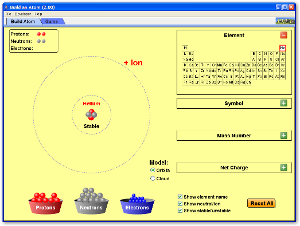Wow! This semester has flown by like a peregrine falcon on the chase! Thanks for the great conversations and hard work. Today, we will end the semester by having a debate on a topic that has come up in the news:
From National Public Radio (United States)
"A Web site is raising alarm about the chemical compound dihydrogen monoxide. The odorless, colorless substance is abundantly available in liquid, solid and gaseous form. Its basis is the unstable radical hydroxide, the components of which are found in a number of caustic, explosive and poisonous compounds. One city in Orange County, Calif., considered banning Styrofoam cups because they contained the compound."
Website: DHMO Homepage
This is a big debate and you have only a little time to prepare. Should this compound be banned?
Time frame:
From National Public Radio (United States)
"A Web site is raising alarm about the chemical compound dihydrogen monoxide. The odorless, colorless substance is abundantly available in liquid, solid and gaseous form. Its basis is the unstable radical hydroxide, the components of which are found in a number of caustic, explosive and poisonous compounds. One city in Orange County, Calif., considered banning Styrofoam cups because they contained the compound."
Website: DHMO Homepage
This is a big debate and you have only a little time to prepare. Should this compound be banned?
Time frame:
- Introduction - 5 minute
- Team discussion / prepare position - until 1:05
- ***While the two teams prepare, the members from the Orange County Commissioners Office will develop the criteria to decide whether DHMO will be banned or not.
- Presentation of criteria
- 1:10 - Debate begins
- 1:35 - Comments from County Commissioners

